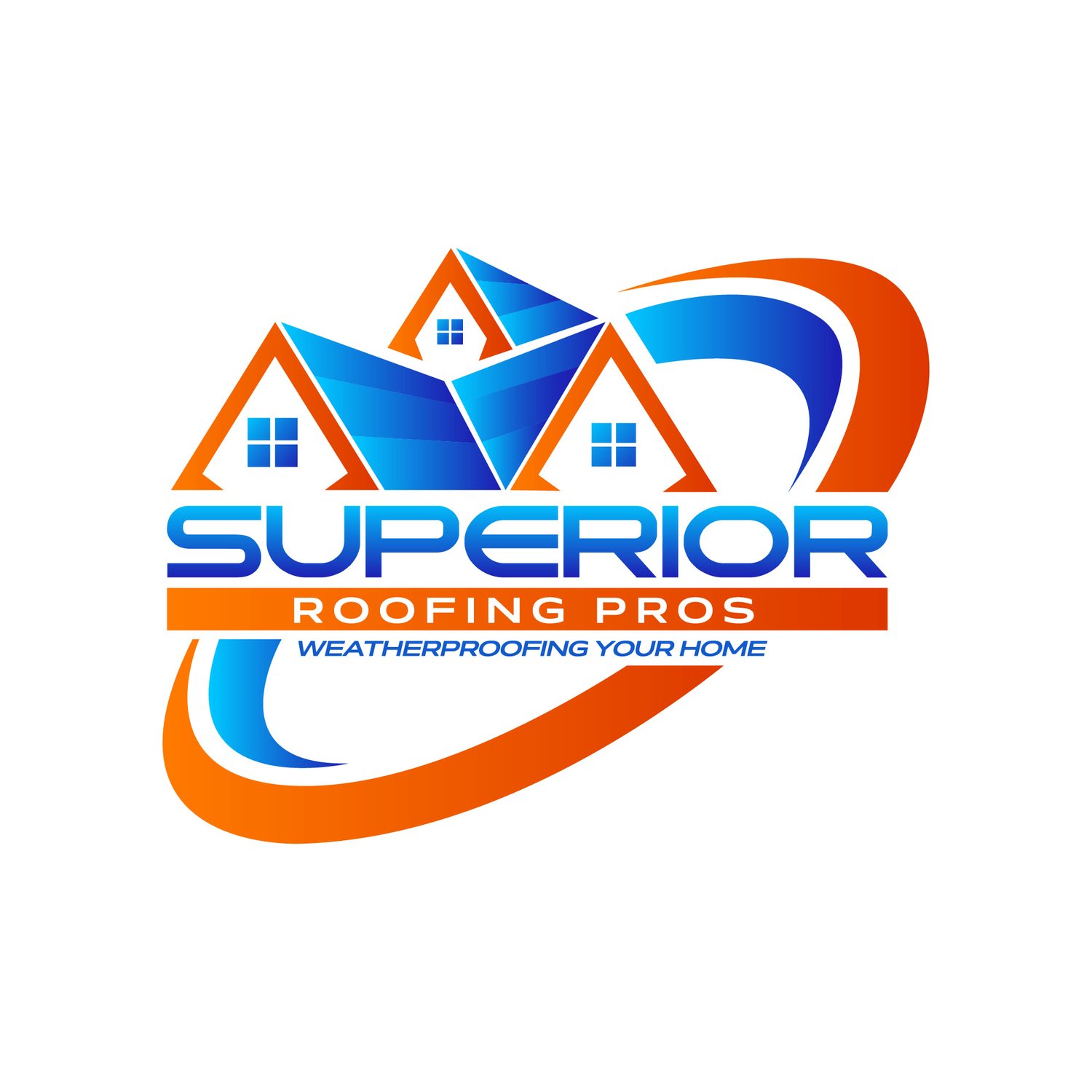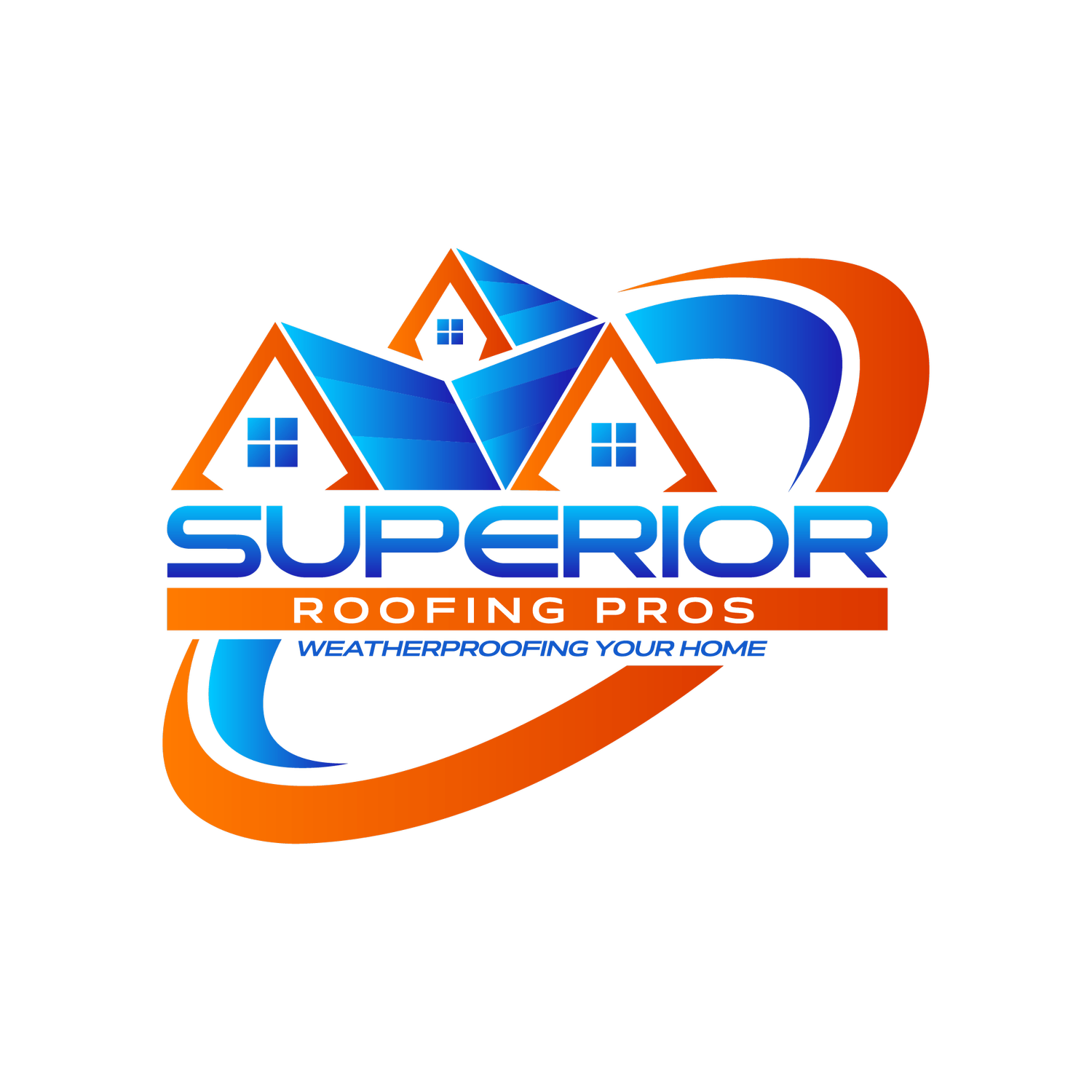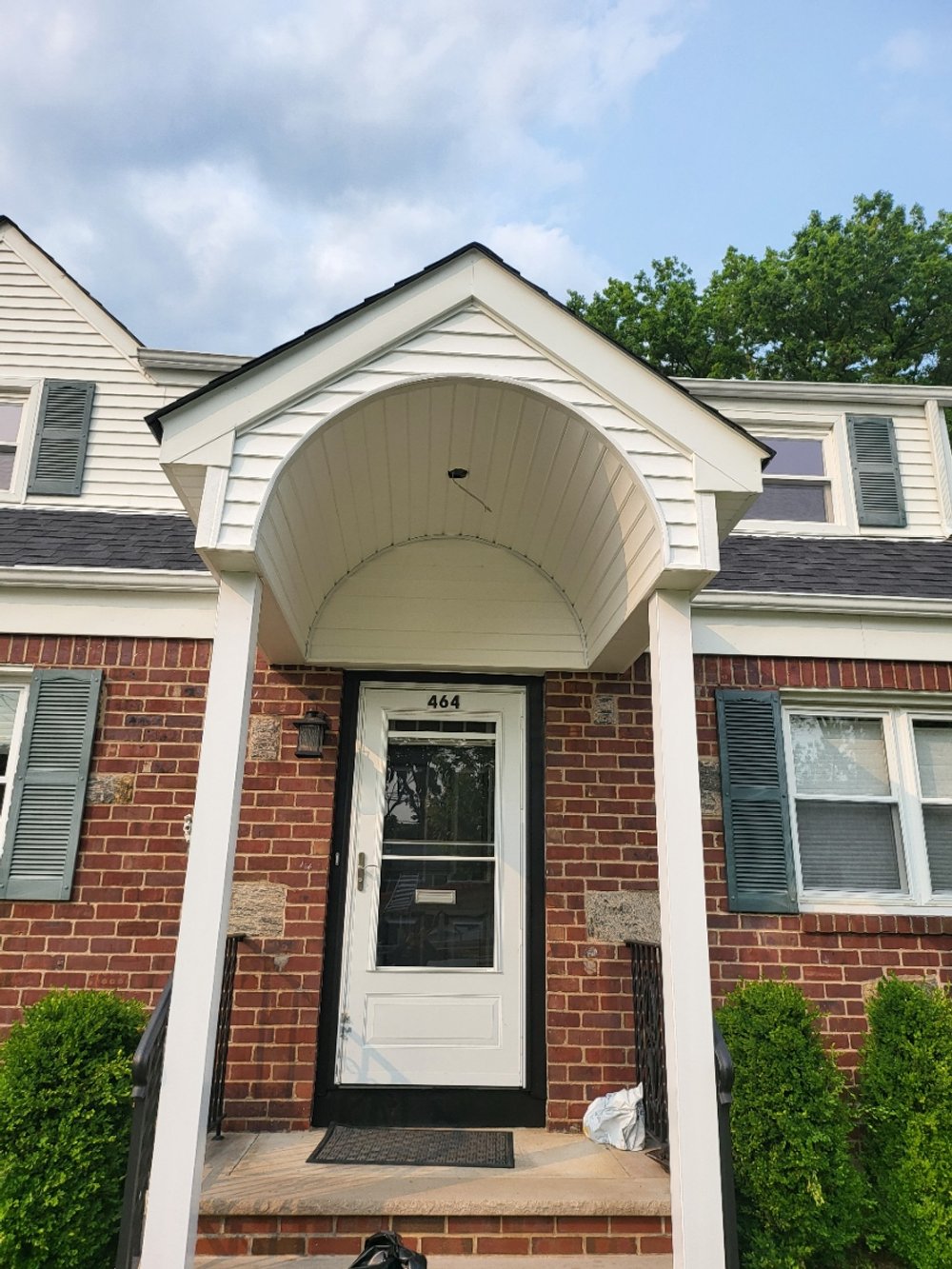Siding
Siding stands as an essential element of any home, bearing far-reaching significance that goes beyond mere aesthetics. The importance of siding lies in its role as a steadfast guardian against the forces of nature. It shields your home from rain, wind, and the harsh impacts of varying weather conditions, preventing water intrusion and subsequent damage such as rot, mold growth, and compromised structural integrity. Solid siding acts as an impervious barrier, preserving the sanctuary of your living spaces and safeguarding your investment from the elements' relentless effects.
Beyond its protective function, siding contributes to the overall energy efficiency of your home. Well-insulated siding acts as an additional layer of insulation, effectively minimizing heat loss during colder months and preventing excess heat from permeating your interiors during warmer periods. This harmonizes indoor temperatures, reducing the strain on heating and cooling systems and ultimately lowering energy costs. Siding also wields the power of enhancing your home's visual allure. It adds character, texture, and color, reflecting your personal style and creating an inviting first impression. In the realm of home improvement, siding becomes a transformative agent, fortifying your property, conserving energy, and elevating the aesthetics of your living space.
Why should you
change your siding?
Homeowners should consider changing their siding for a multitude of compelling reasons that encompass both practicality and aesthetics. Firstly, siding undergoes the brunt of nature's elements, enduring years of exposure to rain, snow, sunlight, and fluctuating temperatures. Over time, even the most durable siding materials can succumb to wear and tear, leading to issues like cracking, warping, fading, and even structural damage. By opting to change their siding, homeowners can proactively address these concerns, ensuring that their property remains well-protected against the elements, while preventing potential damage that could escalate into more extensive and costly repairs down the road.
Secondly, the aesthetic impact of new siding cannot be understated. The exterior of a home is its first impression, a canvas that reflects personal style and character. Outdated or worn siding can dull the overall curb appeal, diminishing the overall visual allure of the property. By changing the siding, homeowners have the exciting opportunity to rejuvenate their home's appearance, infusing it with a fresh, modern, or timeless look that aligns with contemporary design trends. This not only enhances the pride of ownership but also elevates the value of the property. Changing the siding becomes a transformative investment that simultaneously safeguards and revitalizes the essence of the home.
Different Types of Siding
here are some of the most common types of siding along with their pros and cons:
Vinyl Siding: Pros: Affordable, low maintenance, versatile styles and colors, resistant to insects and rot, doesn't require painting. Cons: Can fade over time, may crack in extreme cold, limited color customization, not as durable as some other materials.
Fiber Cement Siding: Pros: Durable and long-lasting, fire-resistant, resistant to insects and rot, can mimic the look of wood or stucco, low maintenance. Cons: Higher upfront cost, heavy and requires professional installation, potential for moisture-related issues if not installed correctly.
Wood Siding: Pros: Classic and natural look, can be painted or stained, environmentally friendly, can be repaired easily. Cons: Requires regular maintenance (painting, sealing), susceptible to rot, insects, and water damage, higher upfront cost, may require periodic replacement.
Stucco Siding: Pros: Durable and fire-resistant, offers a textured and unique appearance, good insulation properties, low maintenance. Cons: Requires skilled installation, may crack over time due to settling, difficult to repair if damaged.
Metal Siding (Aluminum or Steel): Pros: Durable and long-lasting, resistant to insects, rot, and fire, low maintenance, recyclable, comes in various finishes. Cons: Can dent or scratch, may require occasional repainting, not as common as other siding types.
Brick Siding: Pros: Highly durable and low maintenance, fire-resistant, classic appearance, doesn't rot or need painting. Cons: Expensive upfront cost, can be labor-intensive to install, limited design options, may require occasional tuck-pointing.
Stone Veneer Siding: Pros: Aesthetic appeal of natural stone, lightweight compared to full stone, durable, low maintenance. Cons: Higher upfront cost, may fade or discolor over time, installation can be complex.
Engineered Wood Siding: Pros: Mimics the look of real wood, more affordable than solid wood, durable, less susceptible to rot and insects. Cons: Requires some maintenance (painting or staining), can't replicate all the qualities of real wood.
It's essential for homeowners to carefully consider these pros and cons in the context of their budget, location, maintenance preferences, and the overall aesthetic they're aiming to achieve. Consulting with siding professionals and contractors can provide additional insights tailored to your specific needs.
Give Your House a new siding look
At Superior Roofing Pros we pride ourselves to give our customer the best quality of siding work and materials that the industry offers. We work with our customer to choose the best design and material that the customer prefers. We use well known brands such Certainteed Siding, James Jardie, and Royal Building Product Siding, and LP Smart side siding.
Siding Services
Missing Siding Panels
Aluminum siding Repair
Corner post repairs
Window metal repair
Soffit and Fascia Repair
Gable vent removal or installation/ repair
Siding shutter installation/ removal/ Repairs
Siding utility vent/exhaust/dryer/ microwave
















